The primary languages of Calabria are the Italian language as well as regional varieties of Extreme Southern Italian and Neapolitan languages, all collectively known as Calabrian. In addition, there are speakers of the Arbëresh variety of Albanian, as well as Calabrian Greek speakers and pockets of Occitan.
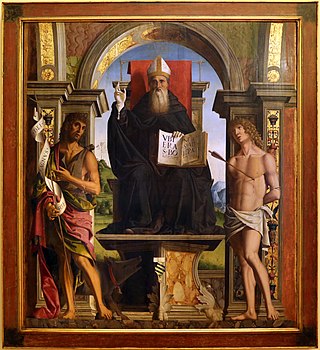
The Forlivese school of art was a group of Italian Renaissance painters and other artists. Most were born in Forlì or near it in the Emilia-Romagna region of Italy. Some other artists went to Forlì to study.

Domenico Morgante is an Italian musicologist, organist and harpsichordist.
Sebastiano Bagolino was a Latin poet and scholar.

Carlo Cataldo was an Italian historian, poet, and teacher.
Francesco Maria Mirabella was an Italian historian, educator, and poet.
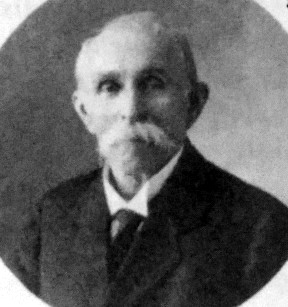
Pietro Maria Rocca was an Italian historian.

Monsignor Vincenzo Regina was an Italian presbyter and historian.

Antonio Mongitore was a Sicilian presbyter, historian and writer, known for his works about the history of Sicily. He was also canon of the cathedral chapter of Palermo.
The Diocesan Museum of Palermo is a museum of religious art in Palermo on Sicily, housed in a number of rooms in the Palazzo Arcivescovile opposite Palermo Cathedral.
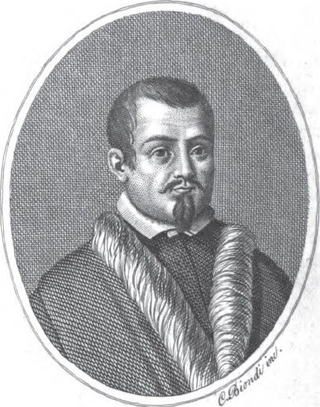
Mariano Valguarnera was an Italian philologist, writer and diplomat.

Rinaldo Bonanno (1545-1600) was an Italian sculptor. Born in Raccuja, he is notable for his work in Sicily in the second half of the 16th century. His whole oeuvre was heavily influenced by the Tuscan tradition and the style of Michelangelo, but combined these with elements of the late Gothic style and influences from the work of Gagini. Despite his 'archaizing' traits, he is considered one of the best sculptors active in that era in Sicily.
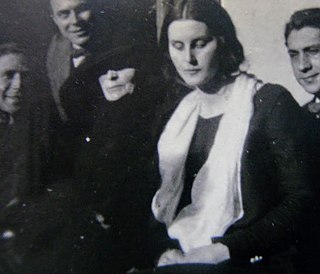
Elisa Johanne Rosa Maria Boglino was a Danish-Italian painter, active in Denmark and Italy.
Simonetta Bernardi was an Italian historian and academic. She taught at the Sapienza University of Rome and at Roma Tre University.
Giuseppe Paoloucci was an Italian composer, conductor and organist of Baroque music.
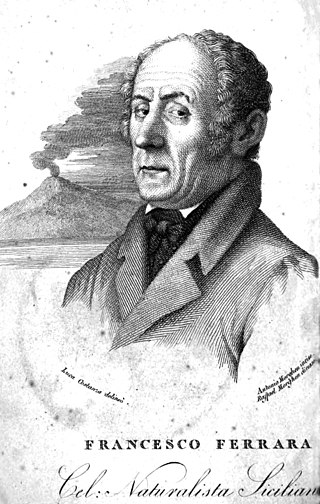
Francesco Ferrara was an Italian geologist, active mainly in Sicily, and known for his studies in vulcanology.

Johannes De Matta, also known as Juan de Matta was a Spanish painter.
Francesco Cesare Casula is a Sardinian historian from Italy.
Elia Vannini era un frate carmelitano, compositore di musica barocca. Fu maestro di cappella nella cattedrale di Ravenna dal 1677 al 1701. Pubblicò 5 opere. Nel XVIII secolo la sua musica continua a essere suonata per alcuni decenni dopo la sua morte. A partire dagli anni ‘70 del XX secolo un rinnovato interesse verso la sua musica portò a nuovi studi delle sue opere e a concerti pubblici. Una scuola primaria di Medicina è stata dedicata proprio ad Elia Vannini.
Vincenzo Eugenio Balzano was an Italian magistrate, an art historian and a scholar of the history of Abruzzo and Molise.
This page is based on this
Wikipedia article Text is available under the
CC BY-SA 4.0 license; additional terms may apply.
Images, videos and audio are available under their respective licenses.










